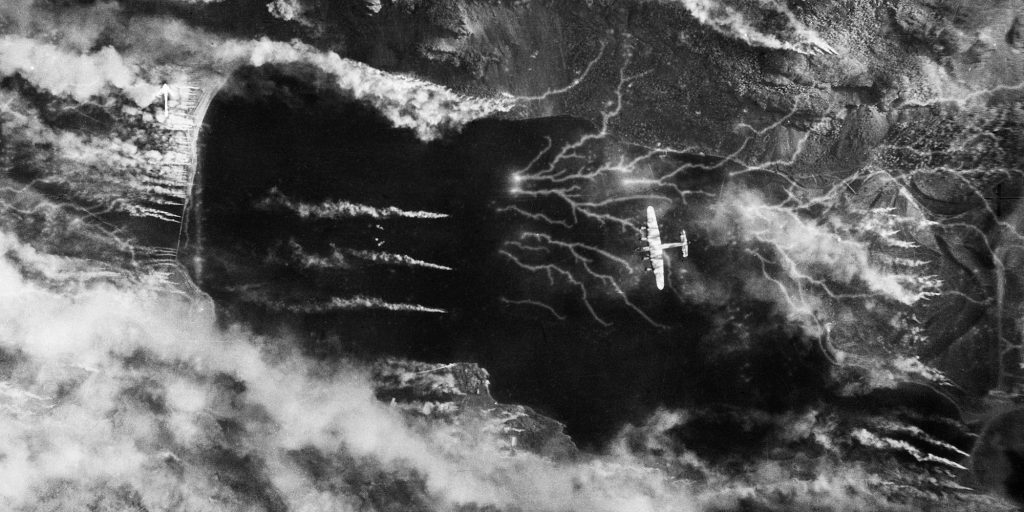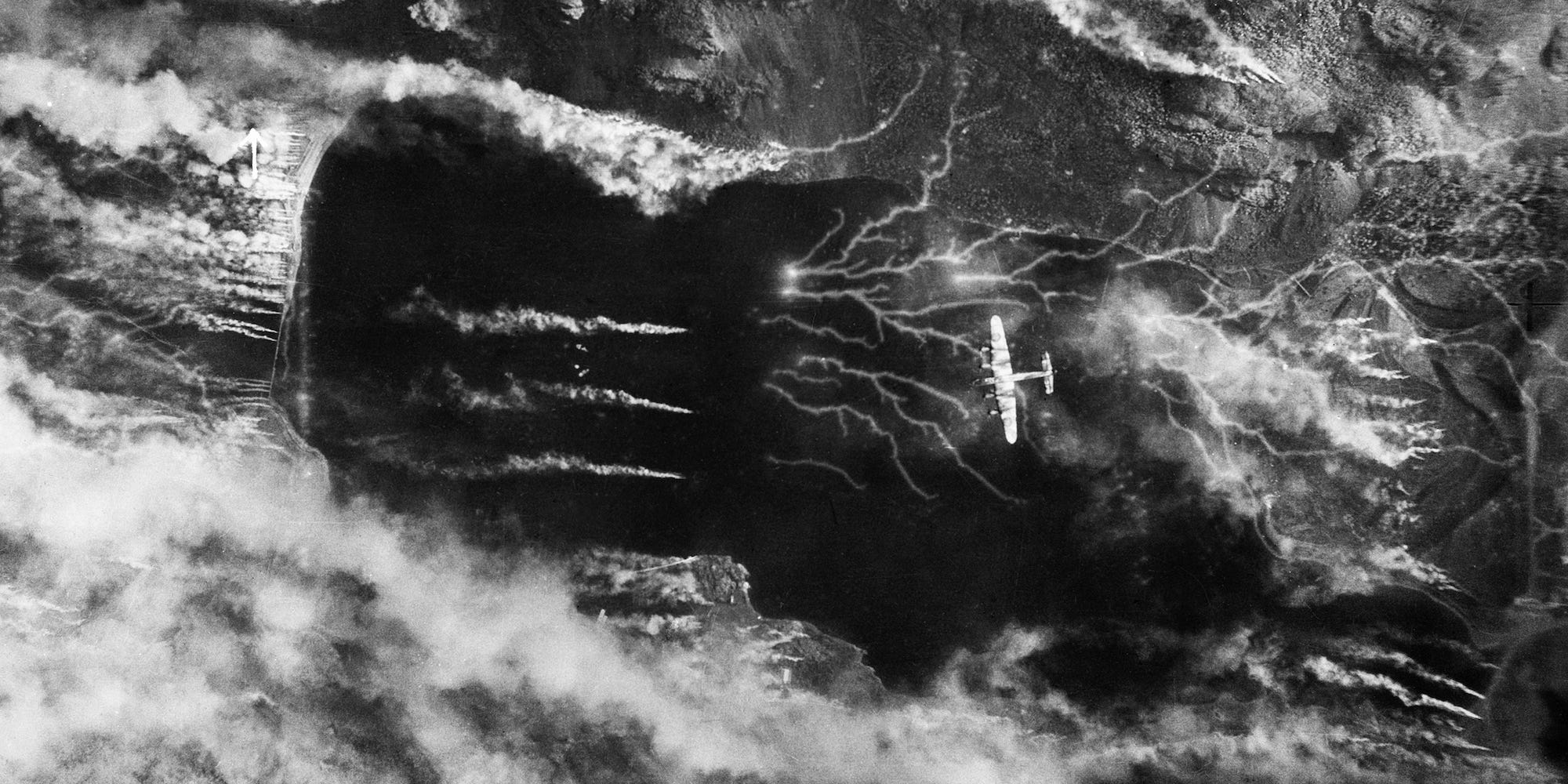
No. 5 Group RAF/ Imperial War Museums via Getty Images
- Nazi Germany's two Bismarck-class battleships were the most imposing it built during World War II.
- The threat they posed to convoys and warships made them a special target for the Allies.
- British warships and bombers hunted the ships, Bismarck and Tirpitz, across the North Atlantic.
Early on November 12, 1944, 29 Lancaster bombers of the British Royal Air Force took off from their bases in northern Scotland and headed to Norway. Their target was the German battleship Tripitz, Germany's biggest warship.
Nicknamed "The Beast" by Prime Minister Winston Churchill, Tirpitz was one of two Bismarck-class battleships built before the war.
The two ships were the largest and most powerful warships Germany had ever built and represented the pride of the Kriegsmarine.
They were also the German surface fleet's biggest threat to Allied navies, which made their destruction a top priority – especially for Britain, which relied heavily on its navy to avoid being cut off from the world.
The Bismarck class
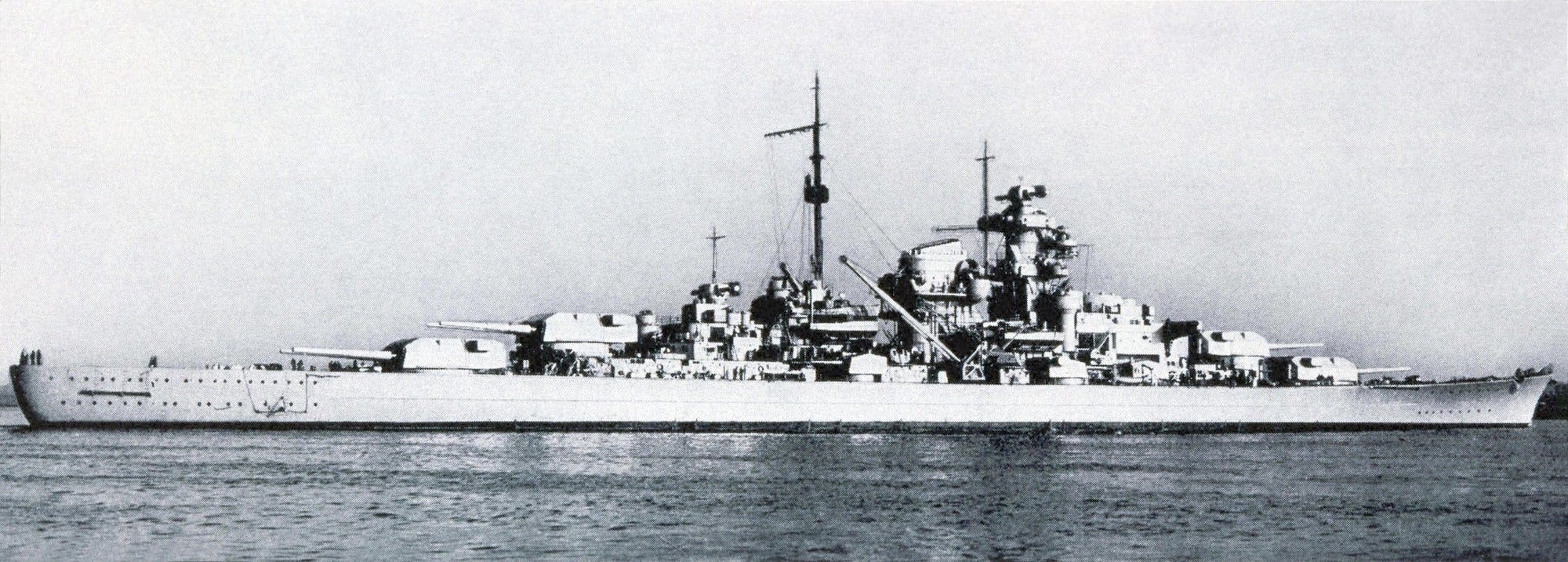
Photo12/Universal Images Group via Getty Images
The Treaty of Versailles, which ended World War I, prohibited Germany's navy from building large warships.
In the years that followed, however, Germany was able to either roll back or ignore those restrictions. In 1935, Britain and Germany signed the Anglo-German Naval Agreement, a last attempt to limit Germany's navy, now known as the Kriegsmarine.
The agreement allowed Germany to build a navy equal to 35% of the total tonnage of the Royal Navy and permitted construction of large warships and submarines. A year after it was signed, the first battleship, Bismarck, was laid down, followed by Tirpitz four months later.
The ships were named after important figures in German history: Otto von Bismarck, the chancellor who led German unification and built the German Empire in the 1800s, and Alfred von Tirpitz, the grand admiral who turned the Imperial German Navy into a world-class fleet in the early 1900s.
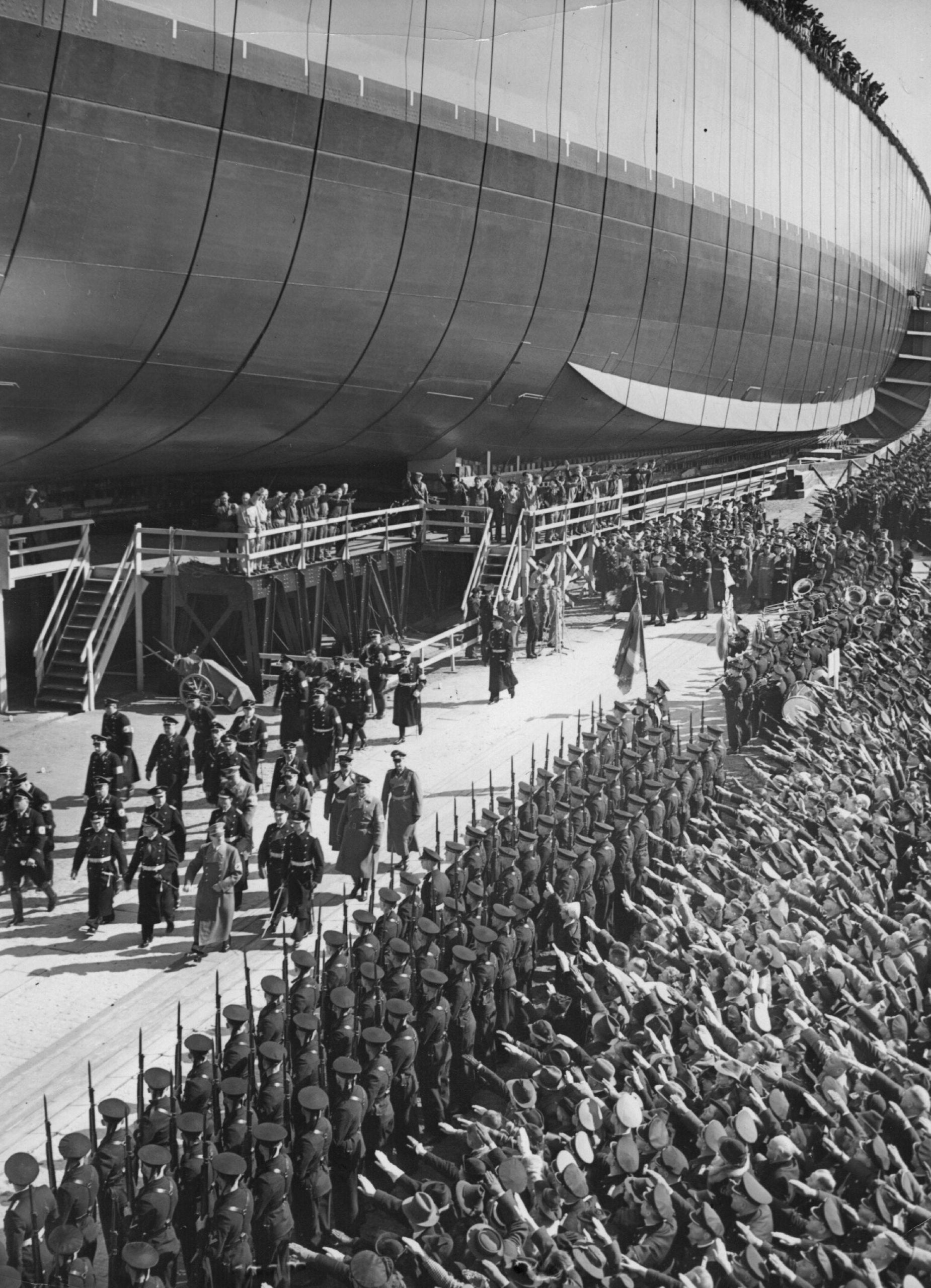
Hulton Archive/Getty Images
They were worthy of their namesakes. Each was over 800 feet long and had as their primary armament eight 15-inch guns mounted in four turrets.
The guns could fire shells weighing some 1,700 pounds over 20 miles. The ships also had 12 5.9-inch secondary guns in six turrets and over 40 anti-aircraft guns.
They were also heavily armored - 12.5 inches of steel armor in their main belt along with 8.7-inch armored bulkheads and 14.1 inches of armor on the main gun turrets.
Both were launched in 1939. Bismarck was commissioned in August 1940 and Tirpitz in February 1941.
Bismarck
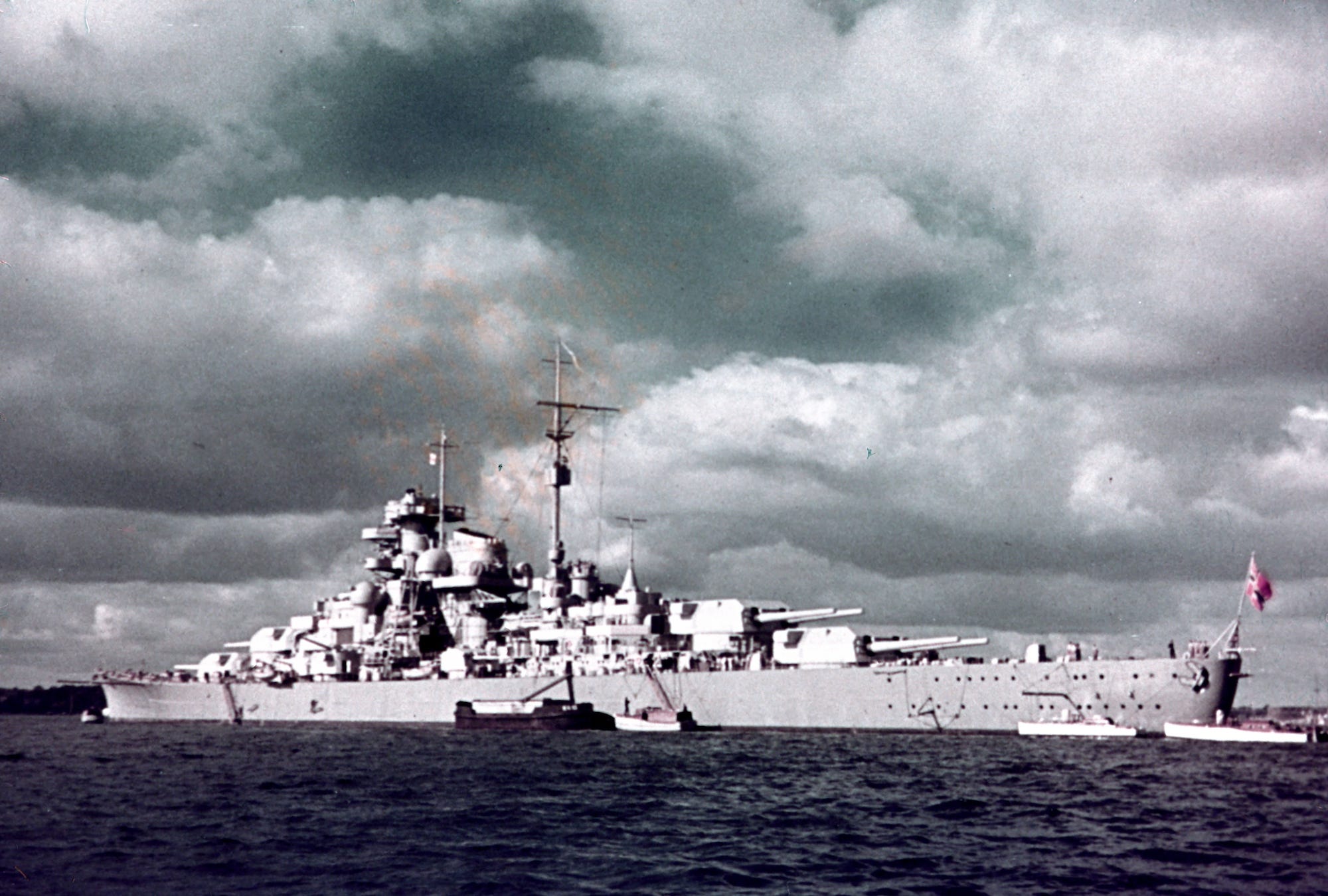
Sobotta/ullstein bild via Getty Images
As soon as the war started, the Kriegsmarine set out to attack Allied shipping lanes.
Hoping to avoid expected budget cuts to the surface fleet, Grand Adm. Erich Raeder, head of the Kriegsmarine, planned a large commerce raid in 1941 that would involve both Bismarck-class battleships and the battleships Scharnhorst and Gneisenau.
But Scharnhorst and Gneisenau were under nearly constant attack by RAF bombers while in port in France, and Tirpitz's crew was still being trained.
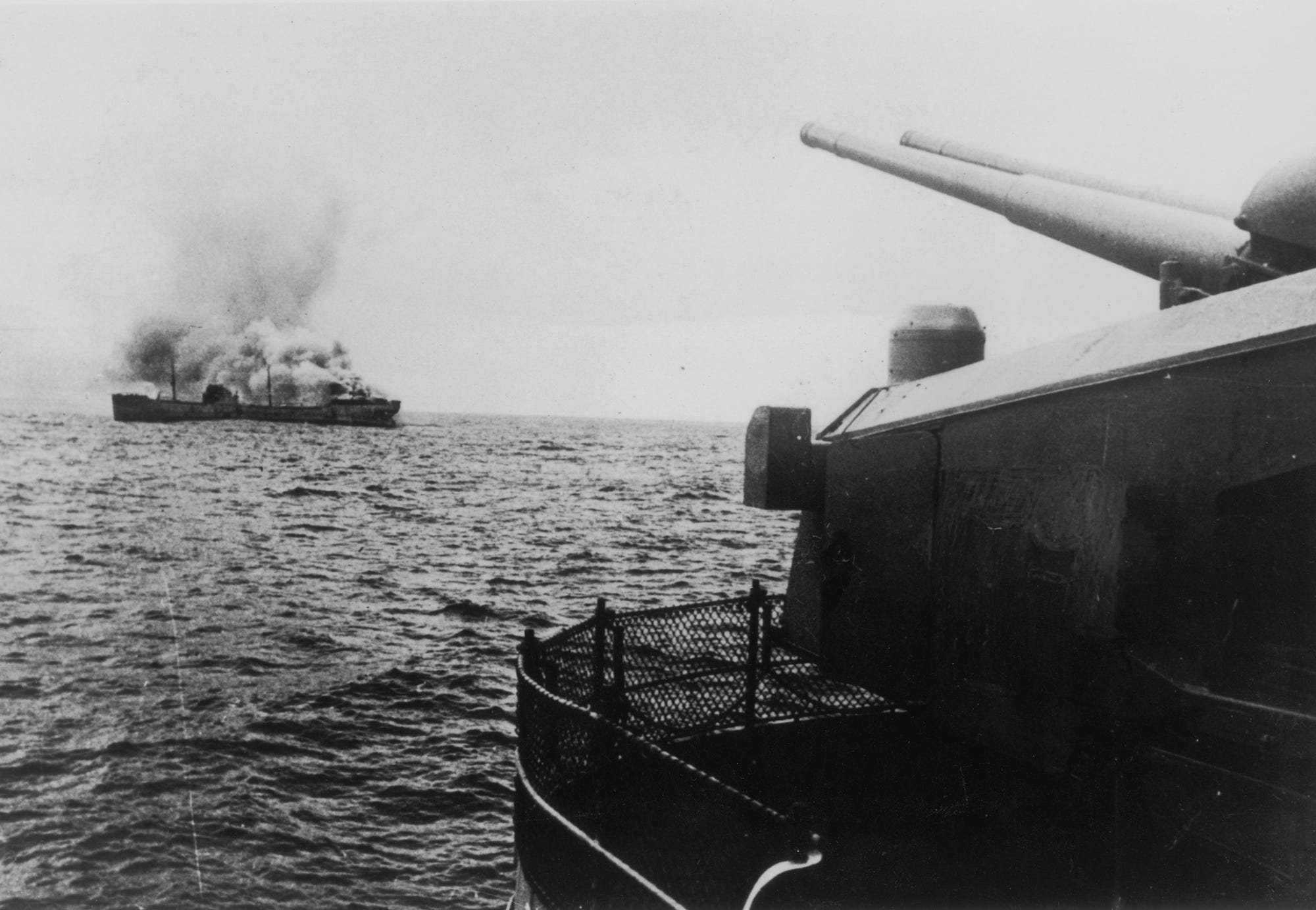
Keystone/Getty Images
Unwilling to delay the operation, the Germans sent Bismarck out with only one accompanying ship, the heavy cruiser Prinz Eugen. Operation Rheinübung, as it was codenamed, would be Bismarck's first and only mission.
The Royal Navy, recognizing the threat Bismarck posed to its vital supply lines, hoped to intercept Bismarck before it reached the Atlantic.
On May 24, British battleship HMS Prince of Wales and battlecruiser HMS Hood, widely considered the pride of the Royal Navy, caught up with Bismarck and Prinz Eugen as they sailed through the Denmark Strait.
The older British ships were outclassed by Bismarck. Just minutes into the battle, HMS Hood was hit by rounds from Bismarck's guns, causing a massive explosion that sunk Hood and killed all but three of its 1,415-man crew.
HMS Prince of Wales was also heavily damaged and had to withdraw.
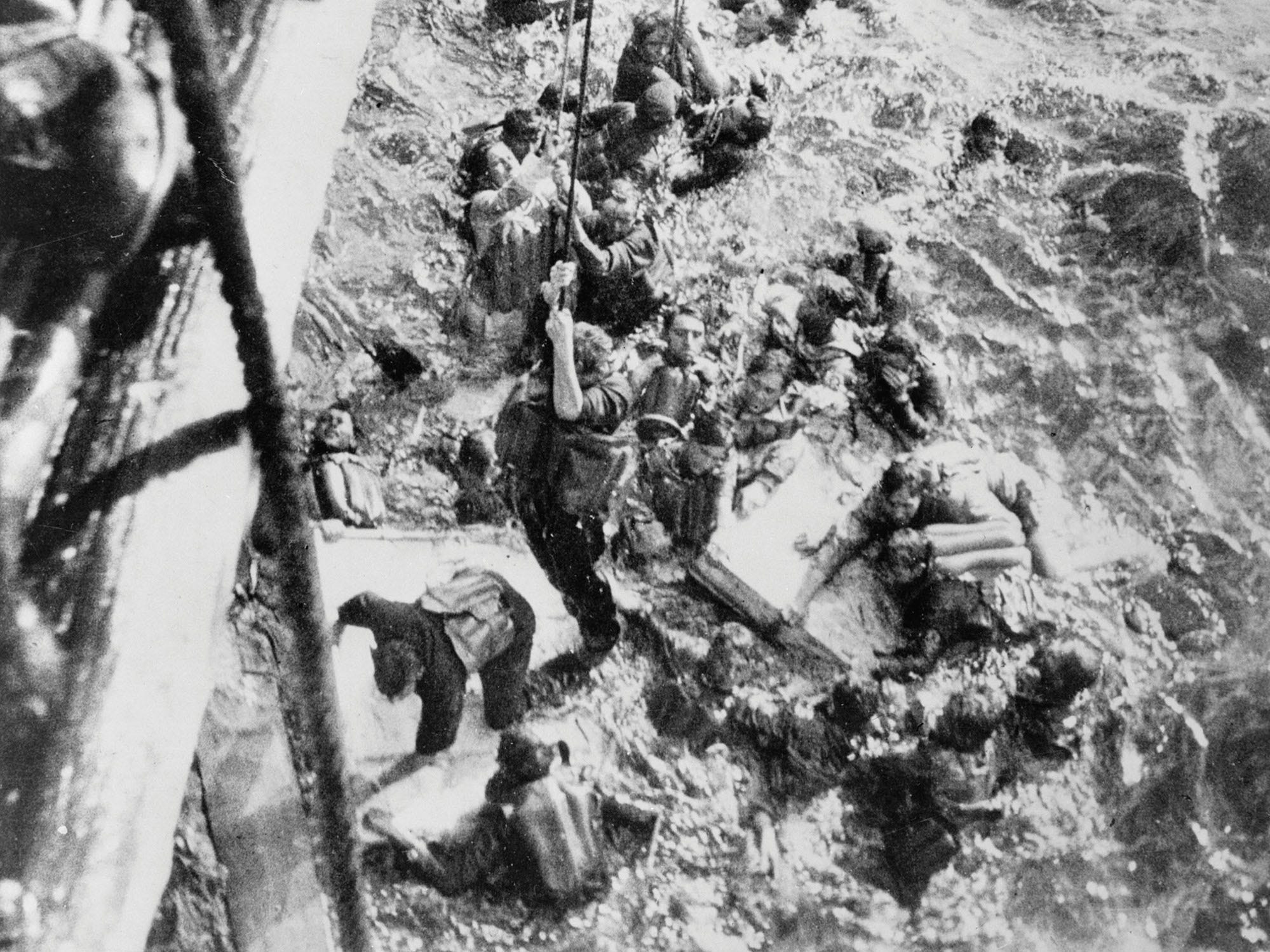
British Royal Navy
Enraged at the loss of the Hood, the Royal Navy threw almost all its available ships in the area into the hunt for Bismarck.
Bismarck had separated from Prinz Eugen and was heading to France after taking slight damage to its fuel tank. It briefly evaded its pursuers, but a British reconnaissance aircraft, flown by a US Navy pilot, found it on May 26.
After a strike by carrier aircraft, British warships pounced on May 27. With Bismarck dead in the water, its sailors scuttled the ship with explosives. British heavy cruiser HMS Dorsetshire later finished it off with torpedoes. Only 115 of Bismarck's 2,221-man crew survived.
Despite some success against convoys, the loss of Bismarck and other capital ships proved to Hitler that U-boats were the best weapon against Allied convoys.
Tirpitz
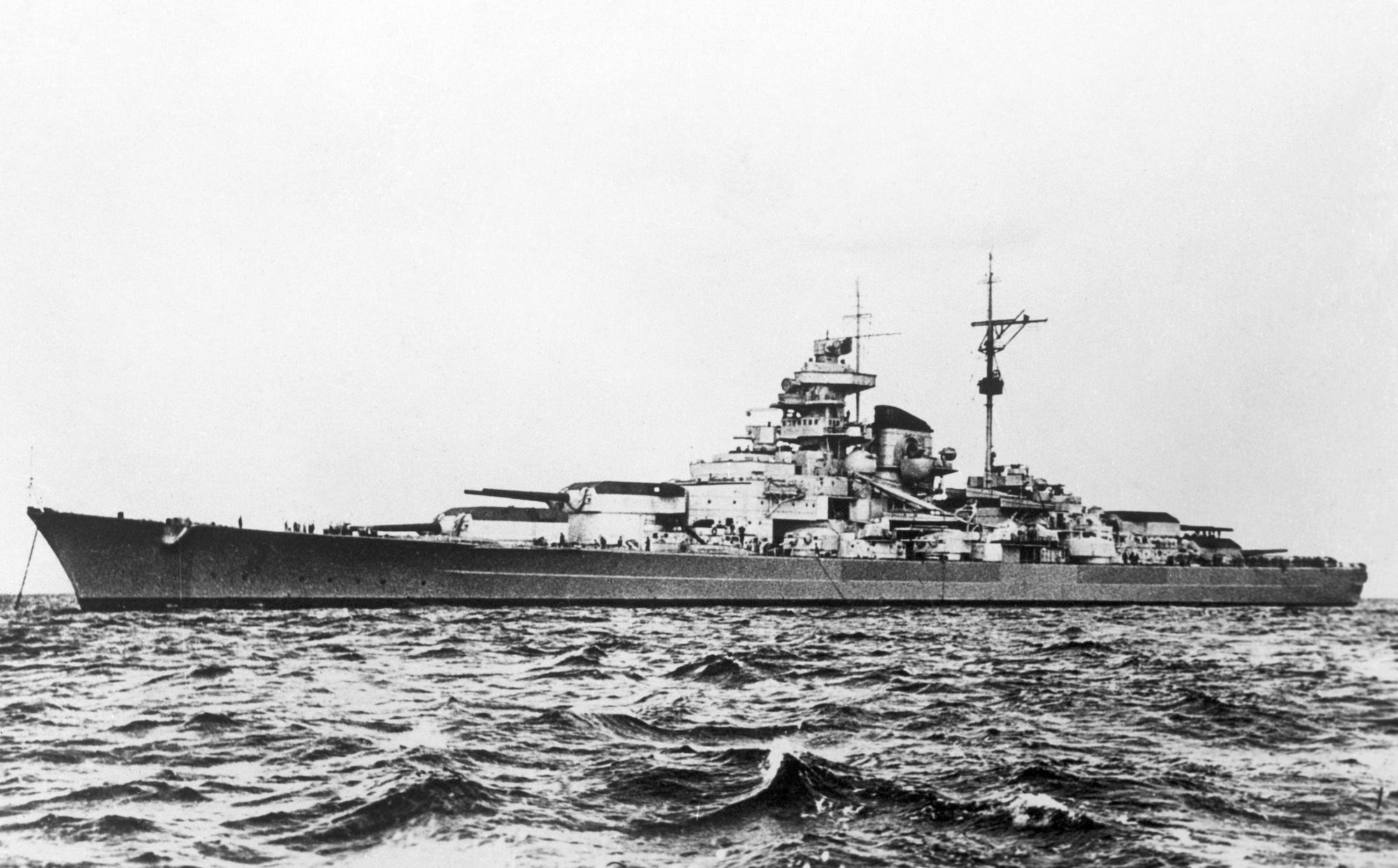
DPA/AFP via Getty Images
Even before work on Tirpitz finished in early 1941, the British were trying to destroy it. RAF bomber raids on its harbor never hit it directly, but they did slow its construction.
With Bismarck gone, Tirpitz became the pride of the Kriegsmarine, but Hitler forbade surface ships from Atlantic commerce raiding after Bismarck was sunk. Instead, the Kriegsmarine's surface fleet was ordered to occupy the Baltic and waters around Norway.
Tirpitz's first deployment was to the Baltic, where it guarded against a breakout by the Soviet Baltic Fleet, based in what is now St. Petersburg, during Germany's invasion of the Soviet Union.
The Baltic Fleet never tried to break out, however, and Tirpitz was redeployed to Norway.
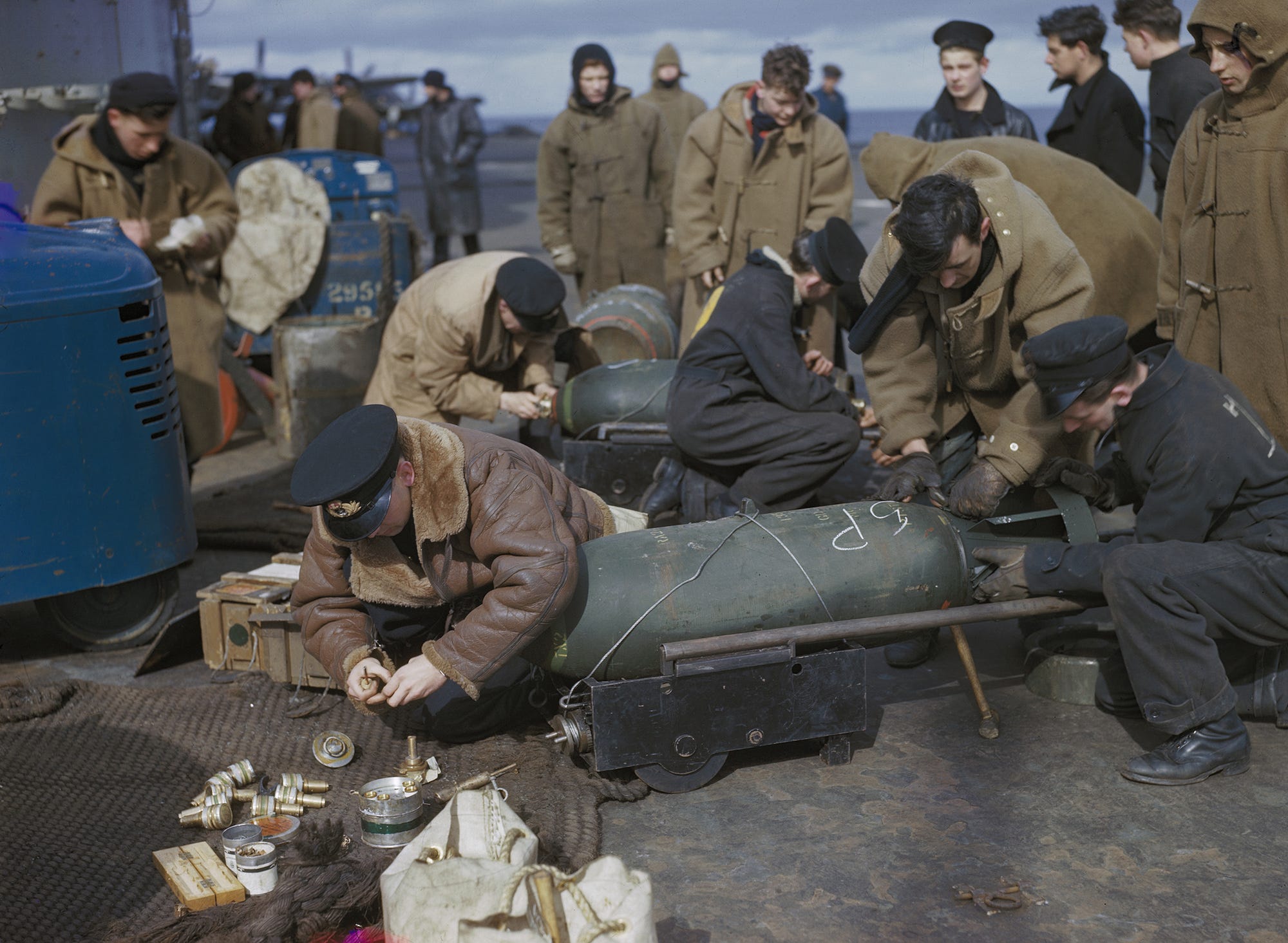
Royal Navy Official Photographer/ Imperial War Museums via Getty Images
The move was strategic. German warships and planes in Norway could intercept Arctic supply convoys headed to the Soviet Union and fend off an Allied invasion of Norway, which Hitler worried about constantly.
Tirpitz's mere presence was enough to concern Allied commanders. In July 1942, the Allied warships escorting convoy PQ-17 abandoned the convoy to search for Tirpitz after a report that the German ship left its port in northern Norway.
They didn't find Tirpitz, and German U-boats and aircraft sunk 23 of the 35 defenseless merchant ships.
Apart from a shore bombardment of Spitzbergen on September 8, 1943, Tirpitz never engaged enemy forces in offensive action. This was partly because of constant Royal Navy and Air Force attacks - with everything from bombers and carrier aircraft to mini-submarines - while it was in port.
On September 15, 1944, RAF bombers flying from the USSR managed to hit Tirpitz with a single 12,000-pound Tallboy bomb, causing major damage.
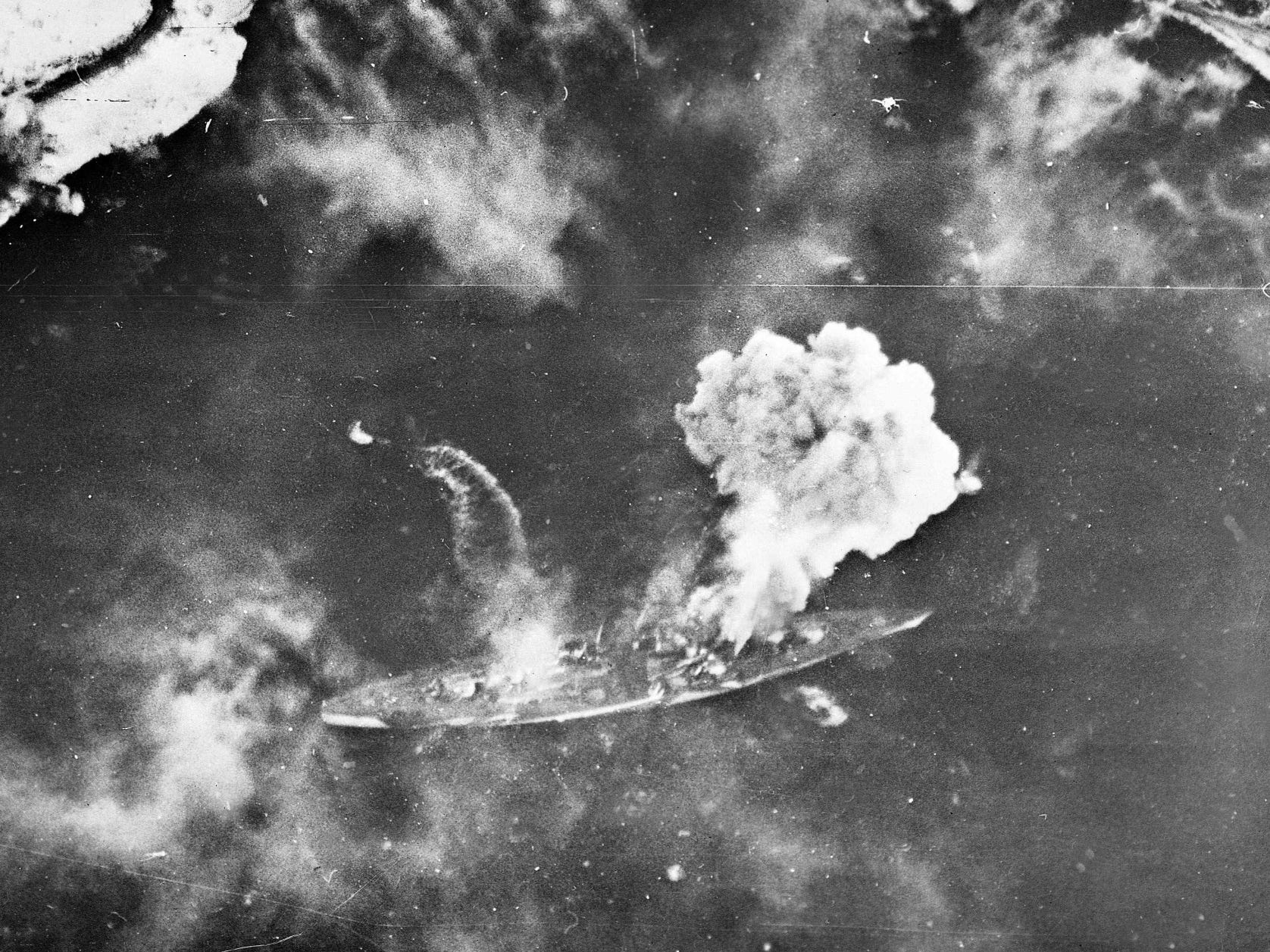
British Royal Navy/Imperial War Museum
Tirpitz was moved south to Tromsø. That put the battleship in range of RAF bases in Scotland, though to reach the target bombers had to be modified to add two fuel tanks and remove excess weight.
After a failed raid on October 29, the RAF tried again on November 12, sending the raiders briefly into Swedish airspace to get a better angle of attack.
Two Tallboy bombs struck Tirpitz, detonating a magazine and blowing off one of the turrets. The warship was rocked by massive shockwaves from multiple near misses and eventually capsized.
Over 900 of Tirpitz's more than 2,000 crewmen died as a result of the raid, which dealt the final blow to the pride of Germany's surface fleet.
